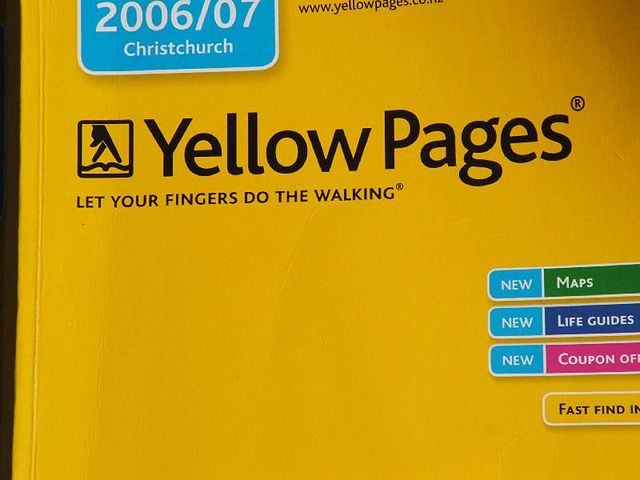
16 Dec SEO Lessons Learned 2022
SEO Lessons From 2021
SEO lessons we learned, after an amazing year, 2021, a pandemic year, including why you don’t need to submit an XML sitemap and why directories rock SEO!
Somehow our company grew 500% this year since Jan 1, 2021. And along the way, we have had our ups and downs, but mostly ups. SEO, Search Engine Optimization, is a tough, tough business, where it is constantly changing, while some things remain constant.
In this year, our Saas business learned a ton of lessons. Here are the biggest ones:
Lesson 1: You don’t really need to submit a Google Sitemap!
We felt we needed to submit a Google sitemap.xml “XML” file each time we generated new pages for clients. For the past 3 years, we have been submitting these files to Google for each client implementation each time we create new pages. But a lemony-snickets event occurred this year that taught us a good lesson that the Google sitemap submission is not that important.
The situation occurred in 2021 when we had purchased a new domain at Godaddy, as most of us do. We use Cloudflare to host the DNS for our clients. I accidentally assigned the domain to the DNS company before the Cloudflare DNS account was set up. The domain went to never-never land. It just happens a spammer was waiting on Cloudflare with some domain at the top of the stack, like aaaaaaaa.com. It was a Thai spam site!
I got busy. I had not looked at the domain name for 48 hours to just check to see it was ok. You would think, do I really need to enter the new domain name into the web? The answer is absolute. We should always check to make sure DNS settings are working.
But when opening up the website I realized something was wrong. It was not our content. That’s when I went over to Google and took a look at how many pages were indexed on Google in the past 2 days that were spam pages. Turns out it was 2,265 pages. That’s a lot of spam and junk. I knew at the moment we would either abandon this domain name or seek help from a higher source. I am not talking about a tech person.
I was upset initially! Some spammer was there like a spider and we had been caught in their web. My partner and I were first not happy, but then I learned something important. We were always fighting to get pages indexed on Google, but this site, this crap spam site got indexed in one shot. So, I decided to study further. And it was simple. Like breadcrumbs, this spam site gave the crawler a simple link from the home page down to a new category and hierarchy.
The spam site is built to quickly index, by simply having home page links for the next level, and then links on the next page for the next level. Let’s say it was a 4 level website. Google just crawled and went through each page. They also had different content on every page. Maybe it was all stolen, but it was unique.
The bottom-line of this lesson is simply applying great internal links is enough for Google to index your website. Do you think that Craigslist submits an XML sitemap? No, it all happens naturally on big websites. This makes me think that Google is just gaming us, by having us submit. They know it is not real, so why do they ask us to do it, when a bunch of other ways really make it crawl? It makes you wonder.
Lesson 2: Google Loves Directories
This love affair between Google and directories has always been true, since the beginning of Google, we just never saw it up and close and personal till this year. Remember we create an SEO page generation tool as part of a larger marketing platform. What we do know is, once a site establishes great authority, adding more unique content pages, makes them get indexed and often right away.
We have been finding ways to create what we call mini-sites, mini-directories with our toolset and ways we can incorporate AI (Artificial Intelligence) into our product. Let’s face it when building authority, a directory consistently adds new content in the form of listings and pages. Thus it is always easier to add new content to a site with authority than create a new site with a subdomain, but rather a subdirectory with our pages.
How to get the mini-directories for clients right, automated and out of the box? That is what we are working on.
Hope this helps you in your SEO business.
If you are interested in learning more about SEO Turbo Booster contact me at dan@seoturbobooster.com or fill our form below. We are actively looking for partners, VARs, digital agencies to build out mini-directory sites with our technologies. So please don’t hesitate to set up a call with me on calendarly here:
https://calendly.com/seoturbobooster/seo-turbo-booster-intro-demo
or email me at
dan@seoturbobooster.com
Have a great day!
Dan Gudema

